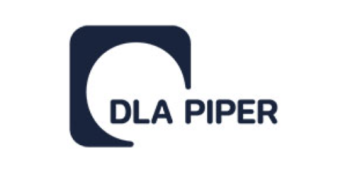On June 24 2014 Decree 91/2014 (the so-called 'Competitiveness Decree') was published in the Official Gazette. The decree – which aims to foster the growth of Italian companies through facilitating access to new sources of financing – introduces a new category of asset to cover the technical reserves of life and non-life insurers, which can now also include facilities disbursed to entities other than individuals and micro-companies. The measure will become effective only once IVASS (the Italian insurance supervisory authority) has issued specific rules outlining the conditions and limits for recourse to this type of investment.
On September 3 2014 the public consultation regarding the draft measure containing the rules on the type of investment concerned closed. This measure will amend IVASS Regulation 36/2011 in the matter of technical reserves.
Financing activity by insurers – main conditions
The following conditions will apply:
- Borrowers must be identified by a bank or financial intermediary duly entered in the register provided for in Article 106 of Decree-Law 385/1993. If borrowers are identified directly by the insurer without a bank's involvement, prior IVASS authorisation of the investment will be required.
- The bank or financial intermediary must have a significant economic interest in the transaction up to the moment that it is completed.
- The company's system of internal controls and risk management must be adequate to enable a full understanding of the risks – especially credit risks – connected to this category of asset, although this requirement of understanding does not entail a true assumption of the credit risk.
- The company must have an adequate level of capitalisation.
The facilities should be disbursed to companies through the signing of debt securities (eg, corporate bonds, either maxi or mini) or credit instruments (eg, listed shares), as has been demonstrated by the minister of economic development.
As the Italian Association of Insurance Companies has pointed out, the condition that identification of the borrower rest with the bank or financial intermediary might discourage insurers which intend to use their own internal structures to identify borrowers. Most importantly, this condition is not contemplated by any of the jurisdictions which allow insurers to disburse loans directly.
Other proposed amendments to IVASS Regulation 36
The proposed amendments to IVASS Regulation 36 are primarily designed to expand the opportunity for insurers to invest and diversify their investments, with a view to facilitating access to financing.
In addition to the new rules governing financing activity by insurers, the most noteworthy new provisions are as follows:
- Investments in equity securities not traded on regulated markets now include securities issued by limited liability companies whose financial statements are subject to certification. The requirement that certification be held for the past three years has been removed. The same provision on the certification of financial statements has been extended to corporate debt securities not traded on regulated markets.
- With reference to alternative investments, the limit of 5% of the technical provisions relating to the overall assets belonging to Classes A5.2(a) and A5.2(b) has been removed, while it has been confirmed that the general limit of 10% applies to the entire general class.
- lVASS may allow companies to invest in assets other than those provided for in Regulation 36 and in excess of the quantitative limits established in this regulation. Following a company request (to be supported on reasonable grounds), authorisation will be granted for one or more investments, provided that:
- the company demonstrates its ability to assess and manage risk;
- there is consistency between assets and liabilities; and
- the company complies with the solvency requirements, even in the medium to long term (also taking into account the absorption of regulatory capital that these investments will require under the new EU Solvency II regime).
This article was first published by the International Law Office, a premium online legal update service for major companies and law firms worldwide. Register for a free subscription





